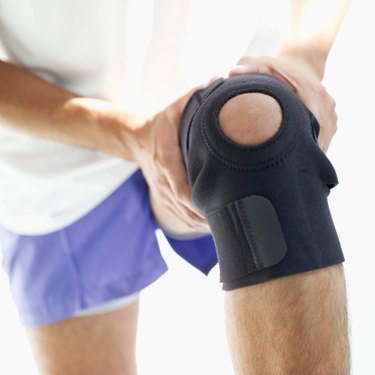Let’s find out What Is the Knee Typical Range of Motion? The knee only has one plane of motion—flexion and extension—and functions as a hinge. A knee that is fully extended will flex at 135°, but a knee that is fully extended will measure 0°. These figures represent the dimensions of a knee with a typical range of motion.
What Is the Knee Typical Range of Motion?
Normal Motion
A device known as a goniometer is commonly used to measure a range of motion. From 0 degrees of extension (totally straight knee joint) to 135 degrees of flexion is considered the normal range of motion (ROM) at the knee (fully bent knee joint).
Functional Motion
Most functional movements call for a knee range of 0 to 117 degrees. When walking, the knees must be fully extended at the heel strike and flexed up to 60 degrees as the swing phase begins.
Impairments
Arthritis, knee surgery, and knee trauma are common reasons for a limited range of motion. Antalgic gait and trouble rising from a sitting position have both been reported. If you detect significant swelling, are unable to bear weight on your knee, or are experiencing ROM deficits along with a fever, call your doctor right once.
Prevention
It’s important to keep the muscles that control knee mobility strong and flexible. The principal knee flexors are the hamstrings, and the primary knee extensors are the quadriceps. To keep your knees healthy and long-lasting, move around freely and thoroughly each day.
Resources
In order to receive treatment for ROM limits or impairments, speak with a physical therapist or your physician.





